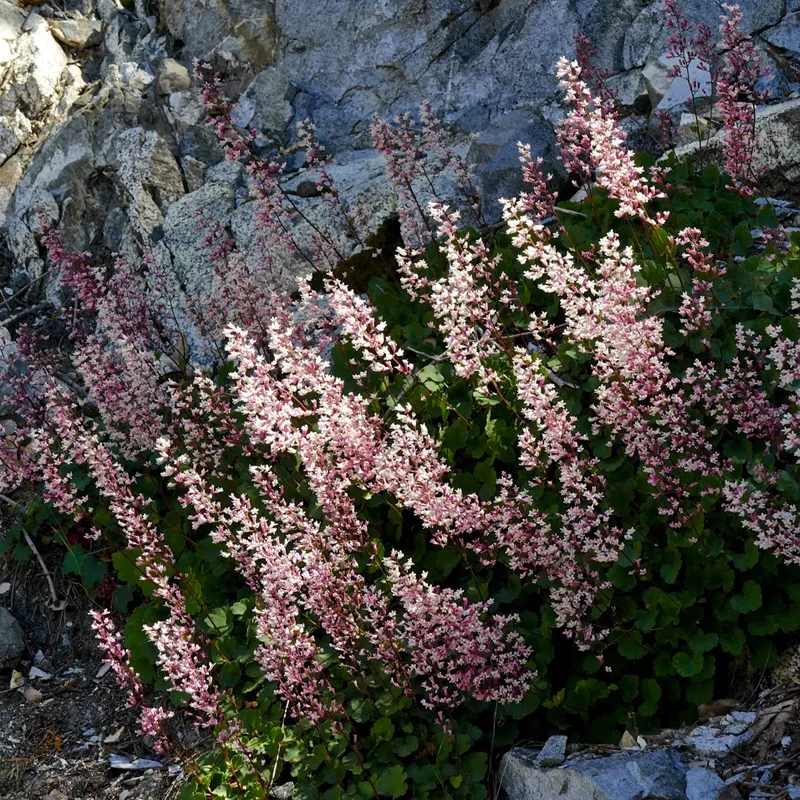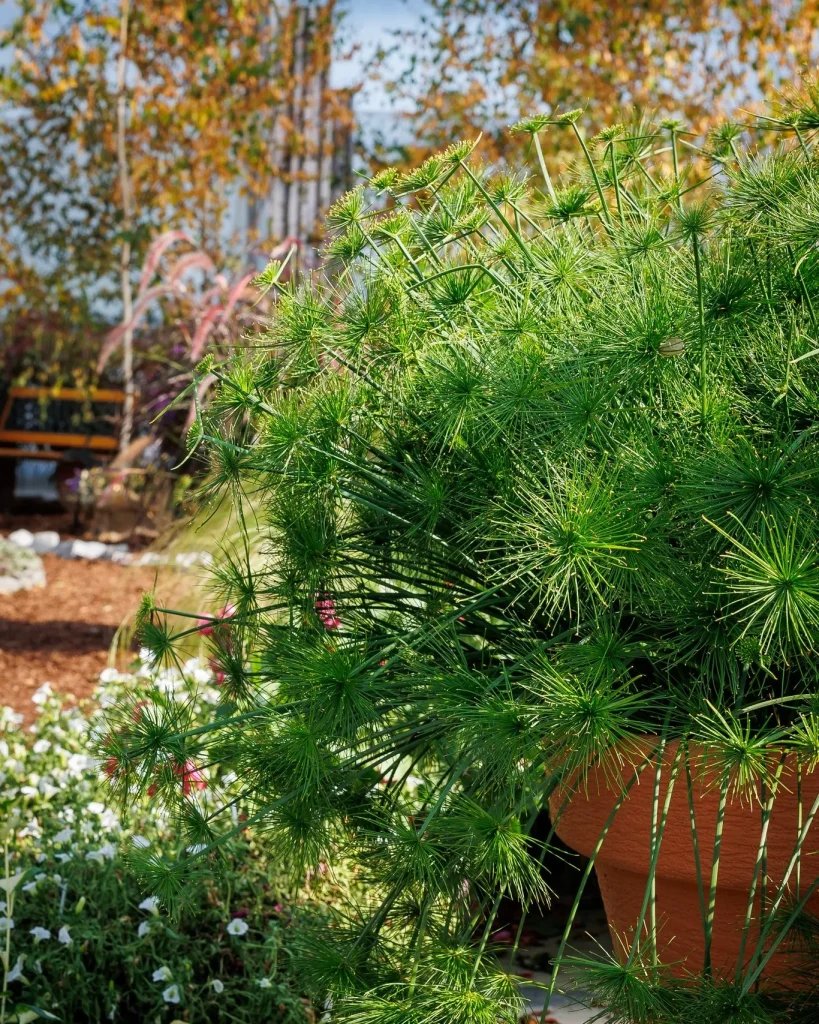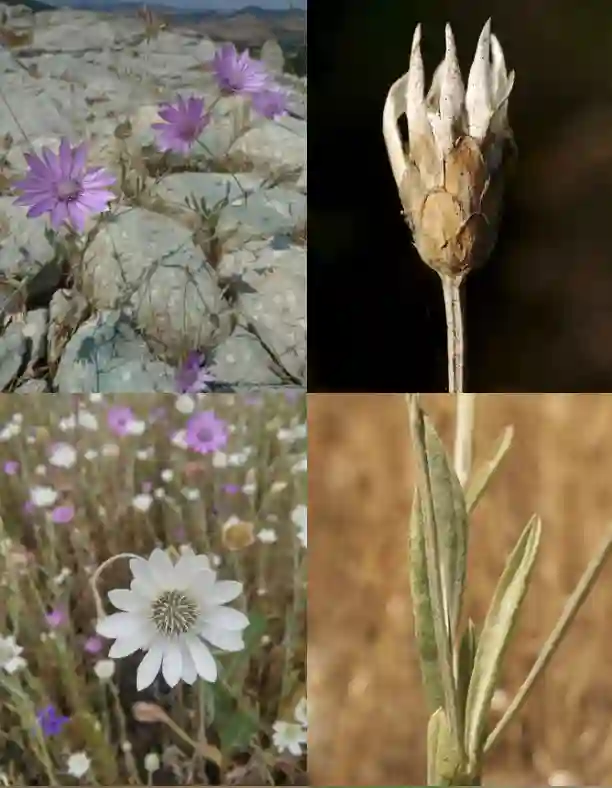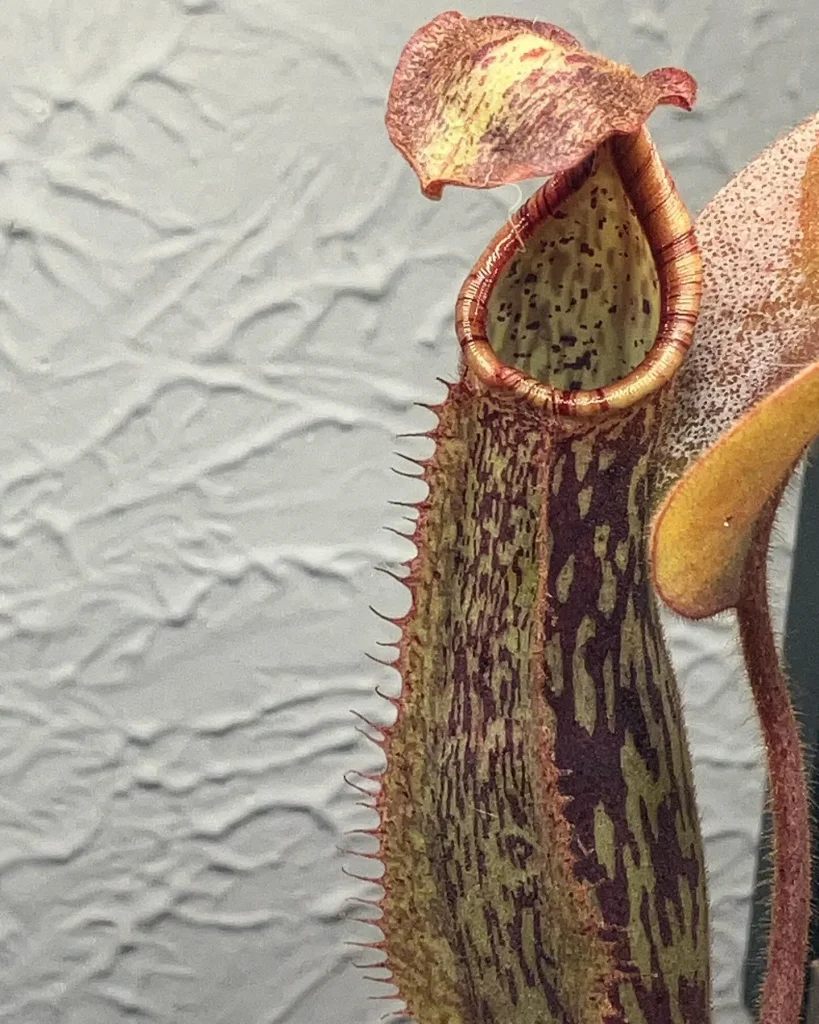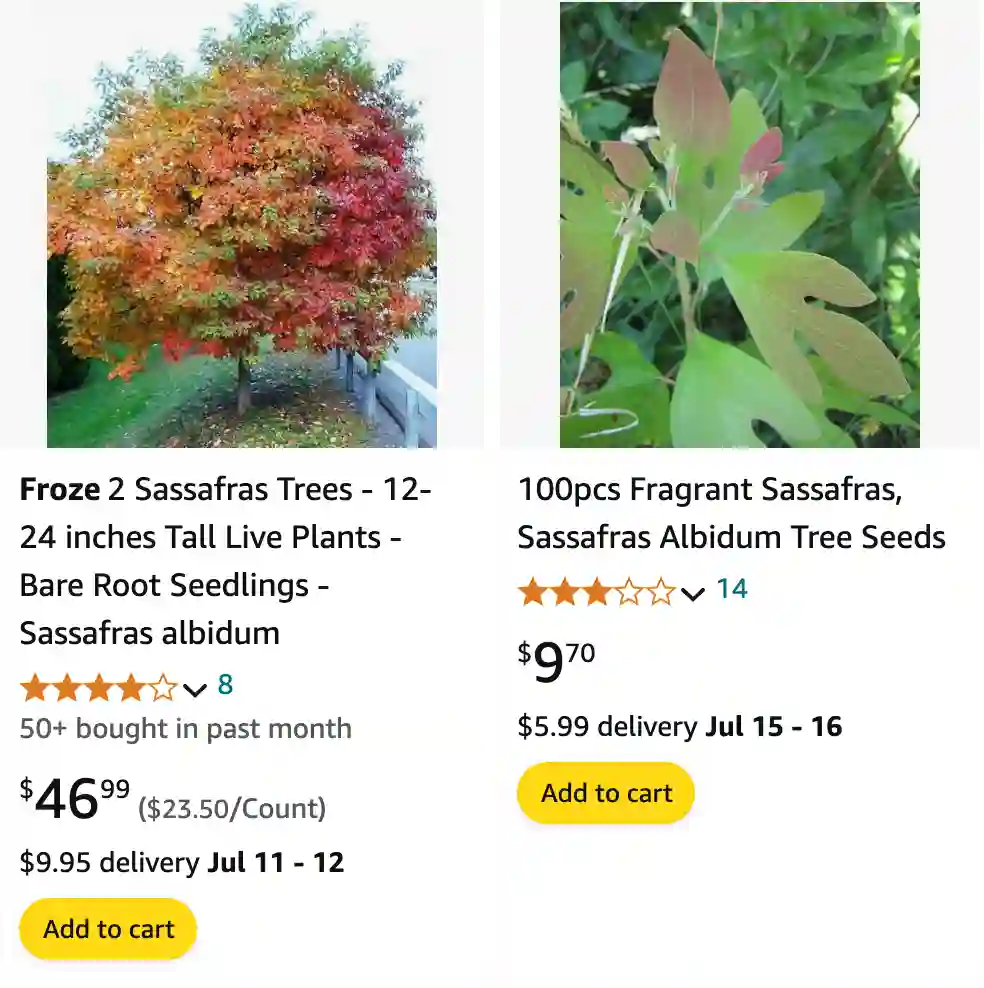
Sassafras: A Beginner’s Guide
Sassafras, a distinctive North American tree, has piqued my curiosity for years. From its potential health benefits to its unique uses in crafts and cooking, I wanted to learn everything I could about it. So, I delved into the world of sassafras, and here’s what I discovered to answer some of the most common questions.
What is Sassafras?
Sassafras belong to the Lauraceae family, is a deciduous tree native to eastern North America, known for its fragrant leaves, reddish-brown bark, and aromatic roots. It’s a fast-growing pioneer species, often one of the first trees to colonize disturbed areas.
Sassafras species
- Sassafras albidum (Nutt.) Nees
- Sassafras randaiense (Hayata) Rehder
- Sassafras tzumu (Hemsl.) Hemsl.
How to Identify Sassafras?
Identifying sassafras requires a keen eye for detail. Here’s what to look for:
- Leaves: Sassafras boasts three distinct leaf shapes on the same branch – oval, mitten-shaped, and lobed. Each leaf has a smooth, glossy upper surface and a hairy underside.
- Twigs: Sassafras twigs are slender and greenish-brown when young, turning a reddish-brown with maturity. They have a distinctive, single large bud at the tip.
- Roots: Sassafras roots are a key identifier. They have a characteristic orange-red color and a strong, sassafras-specific fragrance.
Is Sassafras a Hardwood?
No, sassafras is not considered a hardwood. It’s classified as a softwood, meaning it has a faster growth rate and less dense wood compared to hardwoods like oak or maple.
What Does Sassafras Smell Like?
Sassafras has a unique, root beer-like aroma. This distinct scent is due to the presence of safrole, an essential oil found in the roots and bark.
How to Care for Sassafras?
If you’re lucky enough to have a sassafras tree on your property, caring for it is relatively simple. Sassafras prefers full sun to partial shade and well-drained soil. It’s drought-tolerant once established but benefits from occasional watering during dry spells. Pruning is rarely necessary, but you can remove any dead or diseased branches as needed.
How to Propagate Sassafras?
Sassafras can be propagated through seeds or root suckers. Seeds require stratification, a period of cold and moist storage, to mimic winter conditions and break dormancy. Root suckers, young shoots emerging from the base of a mature tree, are a more reliable way to propagate sassafras. Carefully dig up a sucker with some attached roots, pot it in well-draining soil, and keep it moist until established.
What to Plant with Sassafras?
Sassafras can be a good companion plant for other native North American species that thrive in similar conditions. Here are some ideas:
- Eastern redbud: This flowering tree provides a beautiful display of pink blooms in early spring.
- Dogwood: Another flowering option, dogwood offers stunning white or pink blossoms in spring and vibrant fall foliage.
- Blackgum: This slow-growing tree boasts glossy green leaves that turn a fiery red in autumn.
How do you make sassafras tea?
Important Disclaimer: While sassafras root was once a common ingredient in root beer, safrole, the oil that gives it its flavor, is now considered a carcinogen by the FDA. Consumption of sassafras tea made from the root is not recommended.
Where to buy sassafras doormat inserts?
Sassafras root, due to safety concerns, is no longer a common ingredient in commercially available products like doormat inserts. Consider exploring alternative natural pest repellents like cedar shavings or lemongrass.
How much is sassafras root worth?
The commercial sale of sassafras root is restricted due to safety regulations. Therefore, a market value isn’t readily available.
Is sassafras good firewood?
Sassafras wood seasons quickly and burns relatively hot. However, it’s not the most desirable firewood due to its tendency to spark and pop.
What color is sassafras?
Sassafras boasts a range of colors. The leaves can be green, yellow, or orange in fall. The bark is reddish-brown, and the roots are a distinctive orange-red.
How to make root beer from sassafras?
Important Disclaimer (again): Due to safety concerns with safrole, making root beer from sassafras root is not recommended. There are many commercially available root beer recipes that use safe and delicious alternatives.
Hopefully, this beginner’s guide to sassafras has been helpful! Remember to admire this unique tree from afar and enjoy its interesting characteristics, but avoid consuming any parts of the plant due to potential health risks.
If i die, water my plants!
